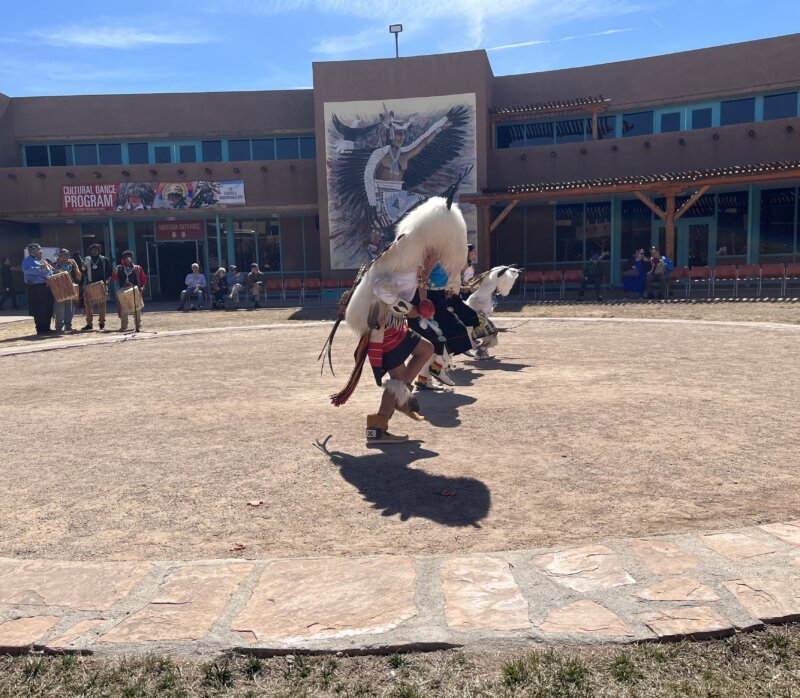I have been interested in the philosophy and worldview of Indigenous cultures for most of my life. When I started my professional career in the early ’90s, I worked with an organization called the South and Meso American Indian Information Center (SAIIC). Run by and for Indigenous peoples of South, Central, and North America, we produced bilingual quarterly magazines and radio programs that centered around topics celebrating the positive strides made by various Indigenous tribes, as well as highlighting the struggles they faced. We also convened an annual conference, bringing Indigenous leaders from the Northern and Southern hemisphere to network and strategize about how to deal collectively with the various issues Indigenous tribes must deal with consistently. During my time at SAIIC, I learned how meaningful the fountain of wisdom and knowledge that underlie the Indigenous worldview is, especially in terms of being good stewards to the Earth and with one another, and how much Western civilization can learn from our Indigenous leaders and community members.
A few years after working with SAIIC, I finished my Masters in Public Administration and Environmental Policy at the Middlebury Institute of International Studies in Monterey, Calif. My dear friend and mentor, Atossa Soltani, asked me to help her start a new organization, Amazon Watch. From the beginning, our goal was to work alongside our Indigenous partners in the Amazon Basin to help them, as much as possible, stop the destruction of their homelands—some of the most biodiverse regions left on our planet—that were threatened by large-scale projects such as oil extraction, mining, and the building of dams. We asked our Indigenous partners what their needs were and then strategized on how to educate the public in the United States and Europe on the multiple crises impacting the Amazon Basin and the urgency with which we needed to act in order to maintain the Amazon Basin as a carbon sink rather than as a carbon emitter. Again, I learned so much from our Indigenous partners and their worldview; we are all interconnected, and the Earth as our “mother” provides us with limited resources that need to be cherished and taken care of, and not used solely for human gain.

Fast forward to the present. In March, I was fortunate enough to attend the Horizons National Conference in Albuquerque, N.M. They call New Mexico the Land of Enchantment, a name well suited for the state. It was heartwarming to watch as the conference started off with a land acknowledgement by one of the Pueblo tribe leaders in the region. I felt the presence of our Indigenous brothers and sisters everywhere. One of the highlights was being able to tour the Indian Pueblo Cultural Center, a museum established by all 19 Pueblo tribes that tells the true history of the Pueblo people, in their languages and from their point of view. For three hours, I was immersed in reverie and admiration. Best of all, I was fortunate enough to see in-person dance performances by Zuni Pueblo youth. Watching the dancers, listening to the drummers and their mesmerizing chants, and soaking up the sunrays, I felt as if time had stopped and I was whole.
One of my goals with Horizons has always been to expose our students to the Indigenous worldview, especially when it comes to viewing ourselves as interconnected with one another and the natural world around us. We read literature during the course of our six-week summer program that shines a light on many different perspectives, celebrates diversity, and extols the virtues of connecting with all beings. We also want our students to appreciate the intrinsic value of spending time outdoors, amidst nature, away from technology, and immersed in the wonders of the natural world. This is the Indigenous way of looking at the world, one that we can all learn from, especially in this era of climate crisis.
